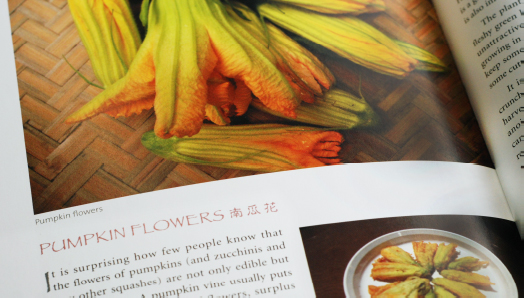What’s in Season Now?
In the age of climate change, the wisdom in the Chinese adage, ‘Only eat what is in season’ (不時不食) rings loud and true. Fruits and vegetables grown close to home have a much lighter carbon footprint than those that have traversed oceans and continents to reach your table. As customers become increasingly aware of the environmental impact of ‘food miles’, one may find it hard to speak of feasting on prawns from Spain, asparagus from France, chocolates from Colombia, and mangoes in winter without a pang of guilt.
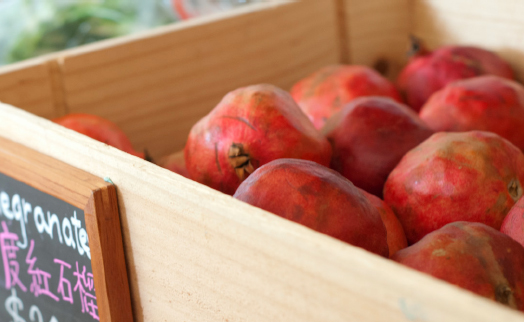
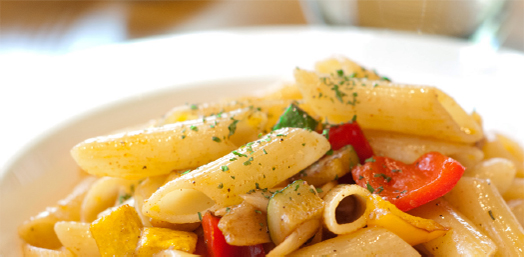
Farmers’ Markets
Thanks to a growing awareness of food safety and sustainable eating, several farmers’ markets have sprung up in Hong Kong to promote the produce of local farms. Tai Po Farmers’ Market features 20-odd stalls selling the season’s harvest. Island East Markets in Quarry Bay showcases vegetables from local farmers, as well as organic food products, arts and crafts. The Organic Food Market at Pier 7 of the Star Ferry Terminal in Central, sells local vegetables at a much cheaper price than at high-end supermarkets.
Urban Farms
A number of urban farms have also appeared in the city, where vegetables, herbs and mushrooms are grown on stacked trays in greenhouses. A couple of these vertical farms even have restaurants serving food cooked with homegrown ingredients or those sourced from farms nearby. While it’s hard to gauge their benefits or drawbacks due to the small sample size at present, one thing is certain—they make us more conscious of our relationship to food.
What You Can Do
The next time you’re in the grocery store, read labels carefully and consider the following when choosing what to buy.
1. Air-freighted products emit many more times greenhouse gases than food shipped by boat.
2. Eating seasonally and regionally not only lowers ‘food miles’; it also means the food is fresher, more flavourful and perhaps even more nutritious than produce cultivated to please the eye or to withstand long-distance transport.
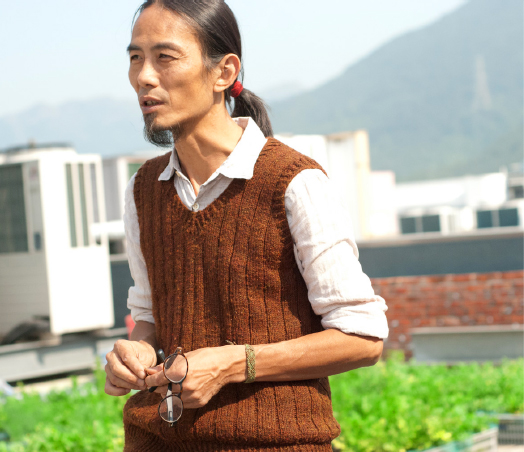
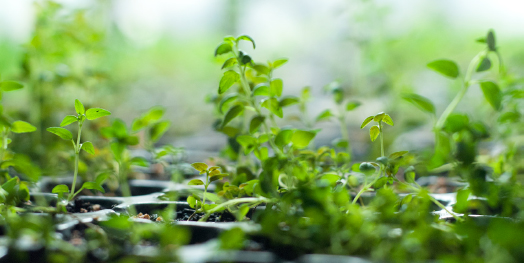
3. Opt for whole foods with minimal packaging. Processed and packaged foods rack up more carbon emissions than raw or minimally processed alternatives, due to the energy that goes into preparation and packaging, and the sweeteners and preservatives that often accompany them. For example, refined sugar and high fructose corn syrup found in many fruit-flavoured drinks is a high-carbon product, whereas fresh fruit isn’t. Likewise, a dark chocolate bar is better than off-the-shelf cookies that have dozens of processed and artificial ingredients mixed into them. Of course it’s even better to juice your own fruits and bake your own cookies.
Grow Your Own Food
Why not grow your own herbs and vegetables? To help you get started, read Growing Your Own Food in Hong Kong by Arthur van Langenberg. Published by The Chinese University Press, the book points the way to gardening in Hong Kong, especially for beginners and those limited to growing on balconies and in containers.
